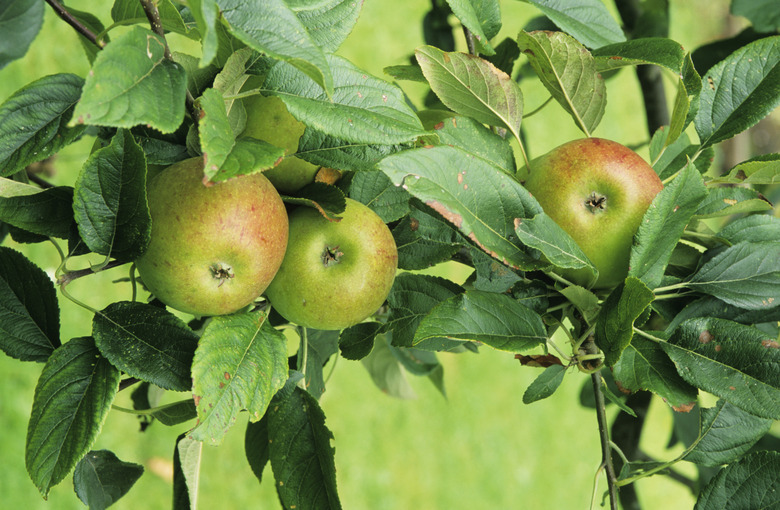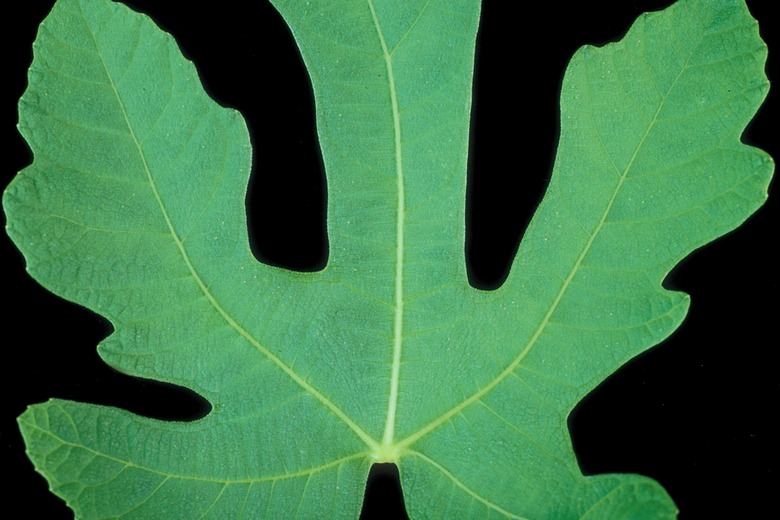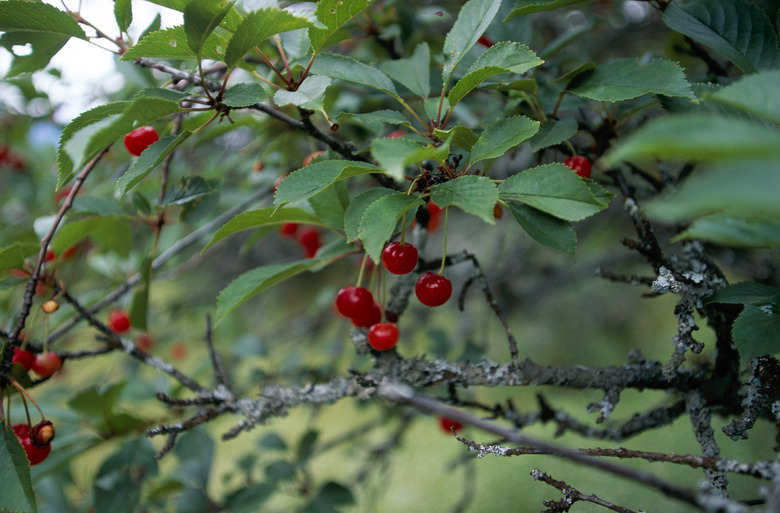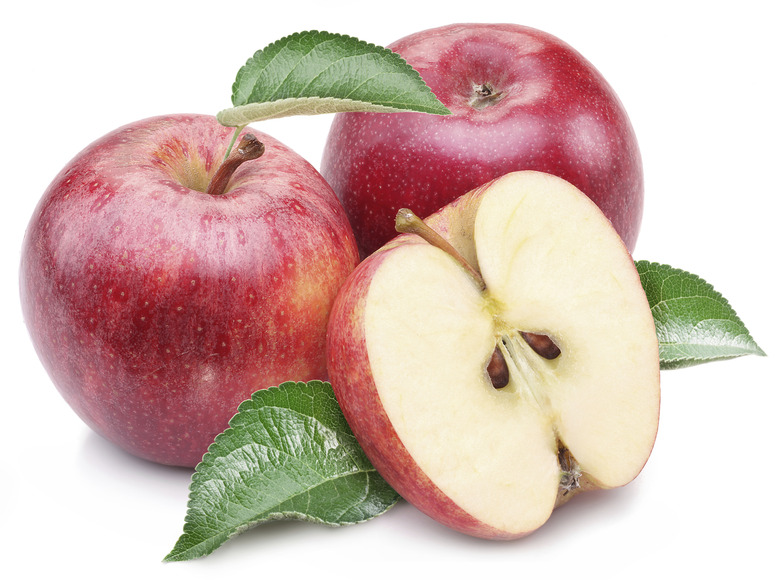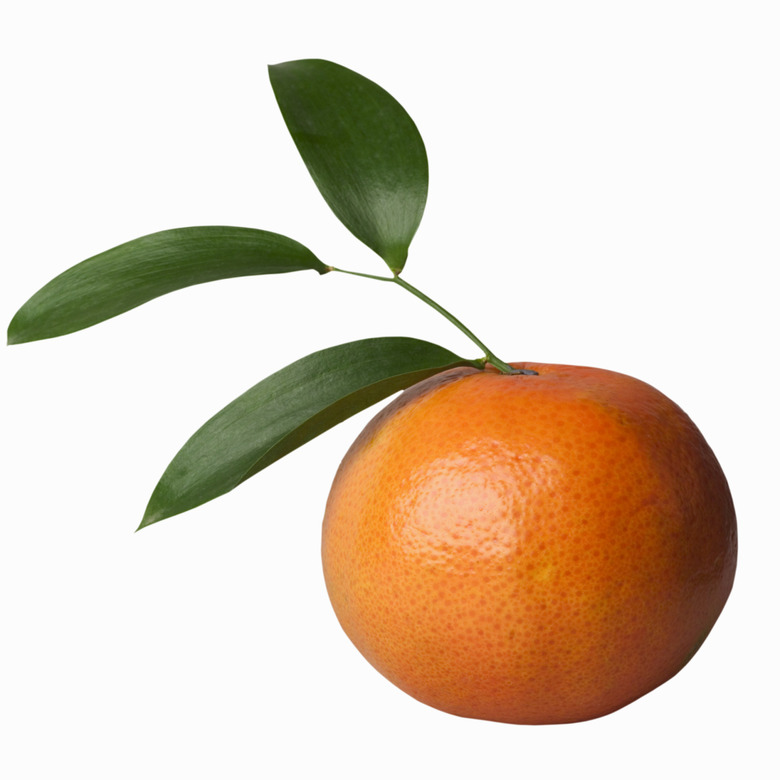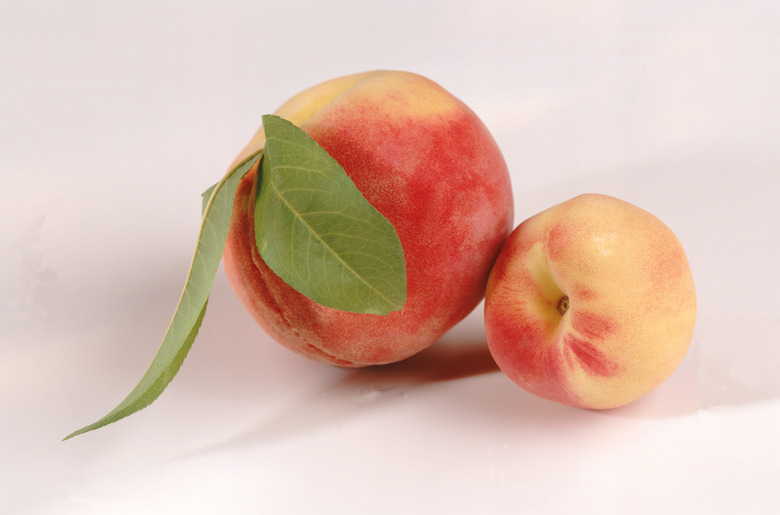How To Identify Fruit Trees By Leaves
Don't wait for your fruit tree to bear fruit to identify it. Instead, examine the characteristics of its leaves and compare your observations to a database about trees, such as a field guide for trees or a university's agriculture or horticulture website. After identifying your tree, you can care for it in a manner that is specific to its needs so you can reap a plentiful and succulent harvest.
Step 1
Observe the shape of the leaves. The leaves may be oval or oblong like an apple tree or lobed like a fig tree. They may also be long and narrow like mango or peach tree leaves.
Step 2
Notice if the margins around the leaves are smooth or have teeth or spines. The edges of fruit tree leaves are usually smooth like grapefruit tree leaves, or have fine teeth, like cherry tree leaves.
- Don't wait for your fruit tree to bear fruit to identify it.
- The leaves may be oval or oblong like an apple tree or lobed like a fig tree.
Step 3
Examine the shine on the leaves. Leaves may be dull like apple tree leaves, or glossy or waxed, like orange tree leaves.
Step 4
Note the leaf color, which can be dark green like tangerine tree leaves, bright green like nectarine tree leaves or light green like mulberry tree leaves. Some leaves are evergreen, like those in the citrus family.
Step 5
Observe any other identifying characteristics. For example, peach tree leaves curve inward and mango leaves are thick and leathery.
Step 6
Compare your observations to the leaf descriptions in a tree field guide book, such as the "National Audubon Society Field Guide to North American Trees" or on a reputable website, such as Purdue University's "Senior Study Fruit and Nuts."
- Examine the shine on the leaves.
- Note the leaf color, which can be dark green like tangerine tree leaves, bright green like nectarine tree leaves or light green like mulberry tree leaves.
Tip
Most fruit trees have leaves that alternate sides along the stem. If they do not, chances are you are not dealing with a fruit tree. Photograph your leaf or take a sample to a county extension office or to a local nursery for identification. Take note of what USDA plant hardiness zone you live in. It will help you focus on the fruit trees that grow in your area.
